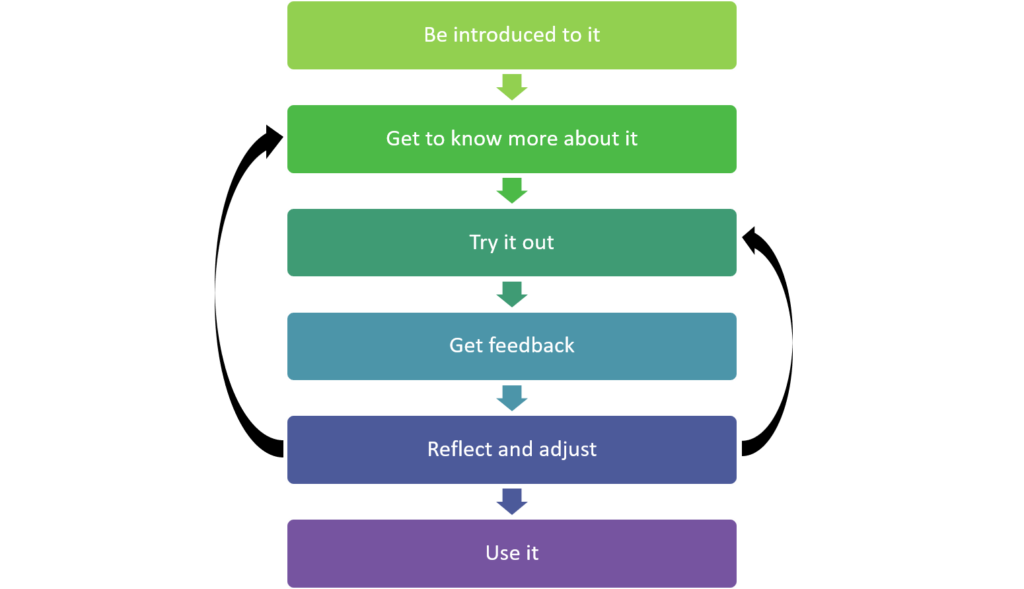How to organise your online environment to improve the learner experience

As we get familiar with teaching online, it is important to spend time reviewing our online environments and assessing the quality of our learners’ experience. Whether you have recently been introduced to online teaching or you have been teaching online for several years, at some point you will need to evaluate the quality of your online teaching resources and reviewing how you are structuring these resources within the learning environment. In this article, we discuss some important aspects of good online learning environments and what you should look for within your own sites. By doing so you will help create a “sticky” space that your students will want to spend time exploring and revisiting.
Create a welcoming, well-organised and accessible online space
Online spaces should be easy to navigate. Students need to clearly see where to start and how to progress throughout the course. A checklist like this will help you get started to ensure you have covered the essentials. It’s also important not to go over board with adding content. Valuable information on your subject will not be appreciated or readily accessible if your online space is cluttered, unintuitively organised and generally unwelcoming.
Structure your students’ learning
A good online learning environment is more than a repository of documents. Relying on PowerPoint slides, for example, might give some teachers a [false] sense of comfort that the information is presented logically and clearly, however, it’s difficult to check the students’ level of understanding as they passively flick from slide to slide. Instead, a good practice to get into is structuring learning by ‘chunking’ material and scaffolding understanding, moving students from a lower level of understanding to a higher level of understanding.
Toohey’s Model of Learning (2009) provides an excellent model of chunking and scaffolding student learning:
- Students are first introduced to a new concept through texts, videos, websites and other modes. In ELICOS terms this would be called ‘presentation’ stage.
- They then find out more about it, through further reading, lectures, discussions and other audiovisual material.
- Next, they are given an opportunity to do some practice, while conducting structured tasks like role plays and structured discussions with peers and teachers. In ELICOS teachers usually prepare a number of practice tasks, starting from ‘controlled’ to ‘freer’ practice tasks to gradually give students more autonomy.
- This is followed by peer and teacher feedback.
- Students are then given time to reflect on their learning and performance through, for example, reflective blogs, and if needed, conduct further research, to then be able to apply their new knowledge and skills. In ELICOS this is referred to as the ‘production’ stage.
Adapted from Toohey’s Model of Learning (1999, p. 154)
Contextualising materials and providing a flowing narrative will help students navigate through the topics at their own time and pace, with vital check points along the way to evaluate and test understanding.
Do you have any questions or require further details on any of the points mentioned above? How have you been using your online space? We’d love to hear about your strategies and approaches. Join our discussion forums on the Navitas Community – Online Support Strategies site, or email learningandteaching@navitas.com to share your good practice and continue the conversation.

